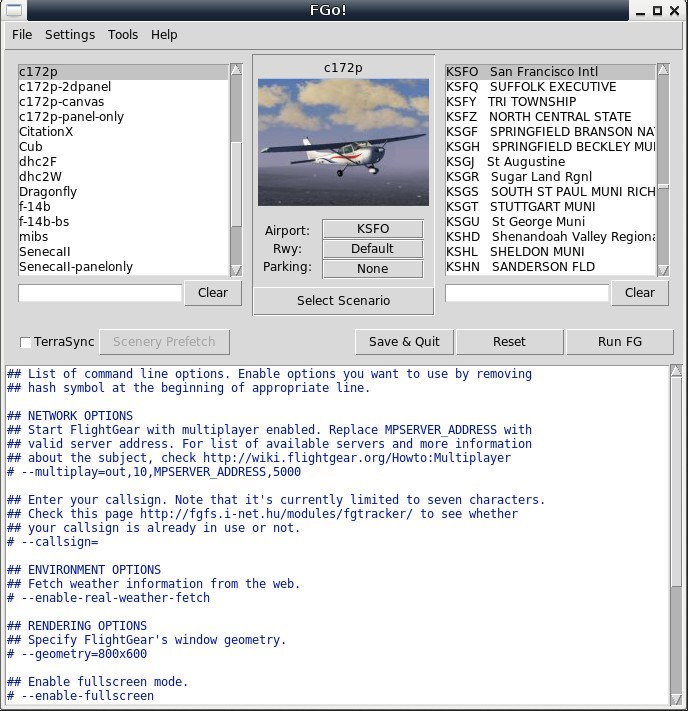

This is extremely appealing to Game Developers, who are often constrained by the processing power, speed, or graphics of a given system.Īnd yet another attractive principal that Stadia brings to the table is the integration with YouTube. Because the hardware is being upgraded constantly, the "system" is also constantly being improved - so purchasing a Stadia subscription slowly becomes better and better as the hardware in the server rooms is upgraded. The promise of being able to seamlessly transition from one device to another to play the same game is big. But what matters about Stadia, what makes it revolutionary (if the promises made hold true) is that by playing your game via a really really long cord (the internet) you can actually swap devices and pick up right where you left off as if you just paused the game, unplugged your console, replugged it back in on a different TV, PC, or smart phone, and suddenly (instantaneously) you're back in the same game as if you just hit pause. Any games you purchase, however, are yours via Stadia regardless of whether you have a subscription or not. The larger offering (see: more expensive) comes with a ton of free games but those go away if you cancel. The subscription works more like Audible - where you pay a monthly fee and get access to a bunch of free content (games) and can purchase games to play on the platform.

If you're unfamiliar with Stadia - just think of it like the Netflix of video games.


 0 kommentar(er)
0 kommentar(er)
